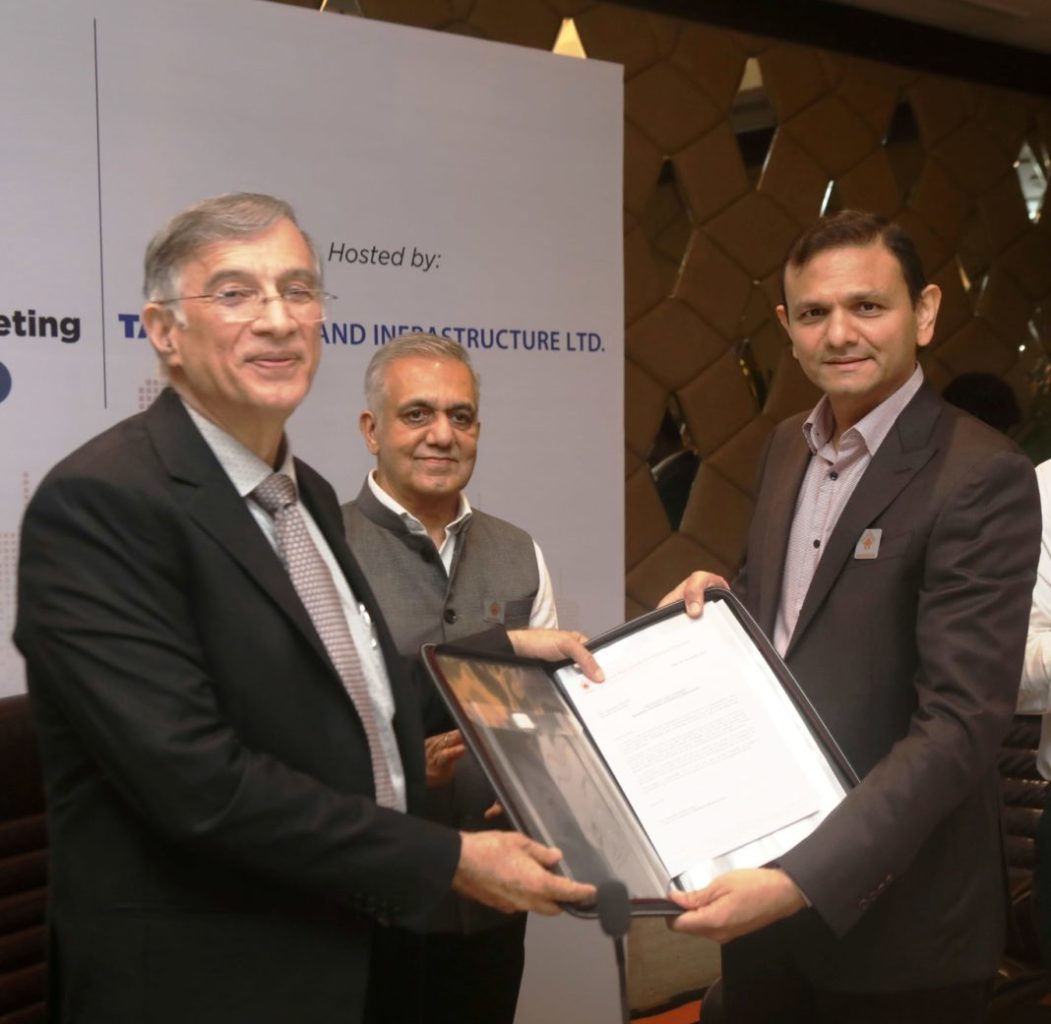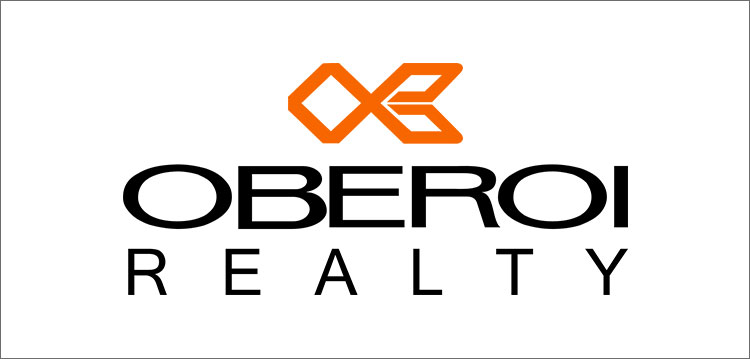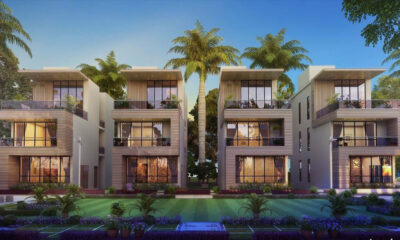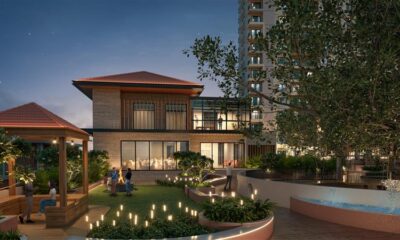Guest Column
Fitness Amenities in Vogue with Mumbai Homebuyers
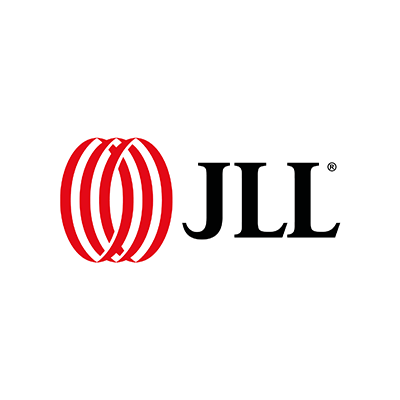

Shubhranshu Pani, Managing Director, JLL Consulting and Infrastructure
Sports amenities such as tennis lawns, squash courts, cricket/football ground, etc. now dominate the list of amenities that developers are offering to today’s health-focused homebuyers in India’s larger cities. This signals a clear shift of buyer preferences from mere community-related amenities such as temples, multi-purpose halls and clubhouses, etc.) in the previous decade.
A recently-concluded study by JLL India of prominent residential townships (both completed and almost-completed) in the Mumbai Metropolitan Region (MMR) and analysis of the amenities offered revealed interesting paradigm shifts in buyer preferences. The townships chosen for the study were built on 25-50-acre land parcels to ensure a bandwidth of projects that permits fair comparison.
Community-related amenities have now been relegated to the fourth spot after sports, leisure and fitness facilities. Leisure amenities include features such as children’s play areas, gazebos, alcoves, etc. while fitness amenities include spas, steam baths, yoga and meditation centres, etc.
A new paradigm for townships
In the past, townships located close to city centres offered fewer amenities than those located on the outskirts. The reason was that developers saw the smaller-sized and highly expensive land parcels available in more central areas as a constraint and sought to increase the saleable areas on such plots. However, the unrelenting demand profile in a market environment where homebuyers are spoiled for choice has force-fed a new reality – buyers will not compromise on health-related facilities, regardless of location.
As a result, the proportion of category-specific amenities, and in some cases even the number of amenities offered, in newer township projects both close and further away from city centres are now similar. Since the Government has mandated that open areas for residential projects must be on the ground floor and that no construction is permitted underneath, more and more township developers are now innovating by locating courts and recreation areas on a higher floor (usually on the first or second floors, which are least preferred for homes), thereby including them in the building footprint. Amenities such as swimming pools, gardens and alcoves are now being offered on terraces, as evidenced by many new townships even close to city centres.
Retail to the rescue
Moreover, the challenges of commuting in a city like Mumbai after office hours has also increased the demand for retail – particularly F&B – within the township premises. A separate study by JLL India on livability within townships established that retail counts as an important determinant of a residential project’s livability quotient. Simultaneously, affinity for retail is also growing in commercial complexes as people spend a large part of their day in offices and seek similar amenities.
As before, schools and hospitals continue to play a pivotal role in how homebuyers will choose a township. Nevertheless, the availability of such facilities within more centrally-located townships is still on the lower side as such facilities call for professional management by external service providers. Such amenities must be explored by developers who seek to differentiate their projects from others, thereby ensuring better sales velocity or price appreciation for their buyers.
During times when the residential real estate is slow and competitive, amenities play an important role in attracting aspirational buyers. In space-constrained cities such as Mumbai, planning for the right mix of amenities is all the more crucial. Developers now need to undertake detailed studies on the amenities to be included in their projects, consumers benefit derived from the right product mix, and which projects will prove to be sustainably livable over long periods of time.
Conclusion
The Indian housing industry has come of age and is now practically at Housing 3.0 – phase 1 being the heyday of unorganized developers, phase 2 being the entry of organized developers, and phase 3 being the era of developers with good corporate governance and completion records. RERA, GST and demonetisation – the three new realities redefining the real estate industry – have sped up the evolution process.
In a market environment which is yet to see a conclusive revival, housing projects are now differentiating themselves on the basis of amenities, overall value-offerings and developer’s brand value. The latest generation of township-sized projects are more thoughtfully envisioned, and decidedly more resident-centric. Amenities – and the logical and beneficial interplay of these amenities – are the new fulcrum by which developers can leverage positive buyer interest.


Managing Director, JLL Consulting and Infrastructure
-



 News3 weeks ago
News3 weeks agoKW Delhi 6 Mall Onboards New Brands
-



 News3 weeks ago
News3 weeks agoManasum Senior Living Launches IKIGAI GOA, A Senior Living Community in North Goa, in collaboration with Prescon Homes
-



 News2 weeks ago
News2 weeks agoGodrej Properties Sells Rs 3k cr+ Homes of Godrej Zenith, Gurugram, within 3 days
-



 News3 weeks ago
News3 weeks agoBridging India Divide: Top 5 Tier- 2 Cities to Focus On
-



 News3 weeks ago
News3 weeks agoCommercial Realty Gets Tech Savvy: Fast Construction, Enhanced Convenience
-



 News3 weeks ago
News3 weeks agoMultipoint Connection – A Definite Boon
-



 News2 weeks ago
News2 weeks agoRBI’s Status Quo on Key Policy Rates to Help Maintain the Real Estate Growth Momentum, Say Industry Stalwarts
-



 News3 weeks ago
News3 weeks agoSacred Cities See a Retail Boom as Spiritual Tourism Surge: CBRE Report









